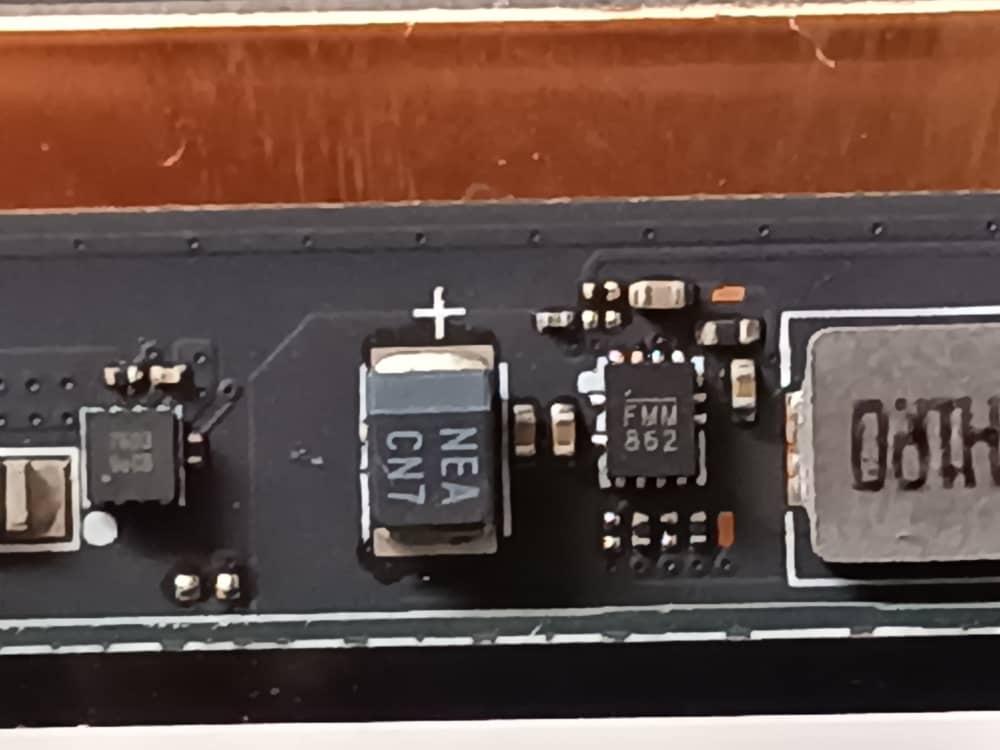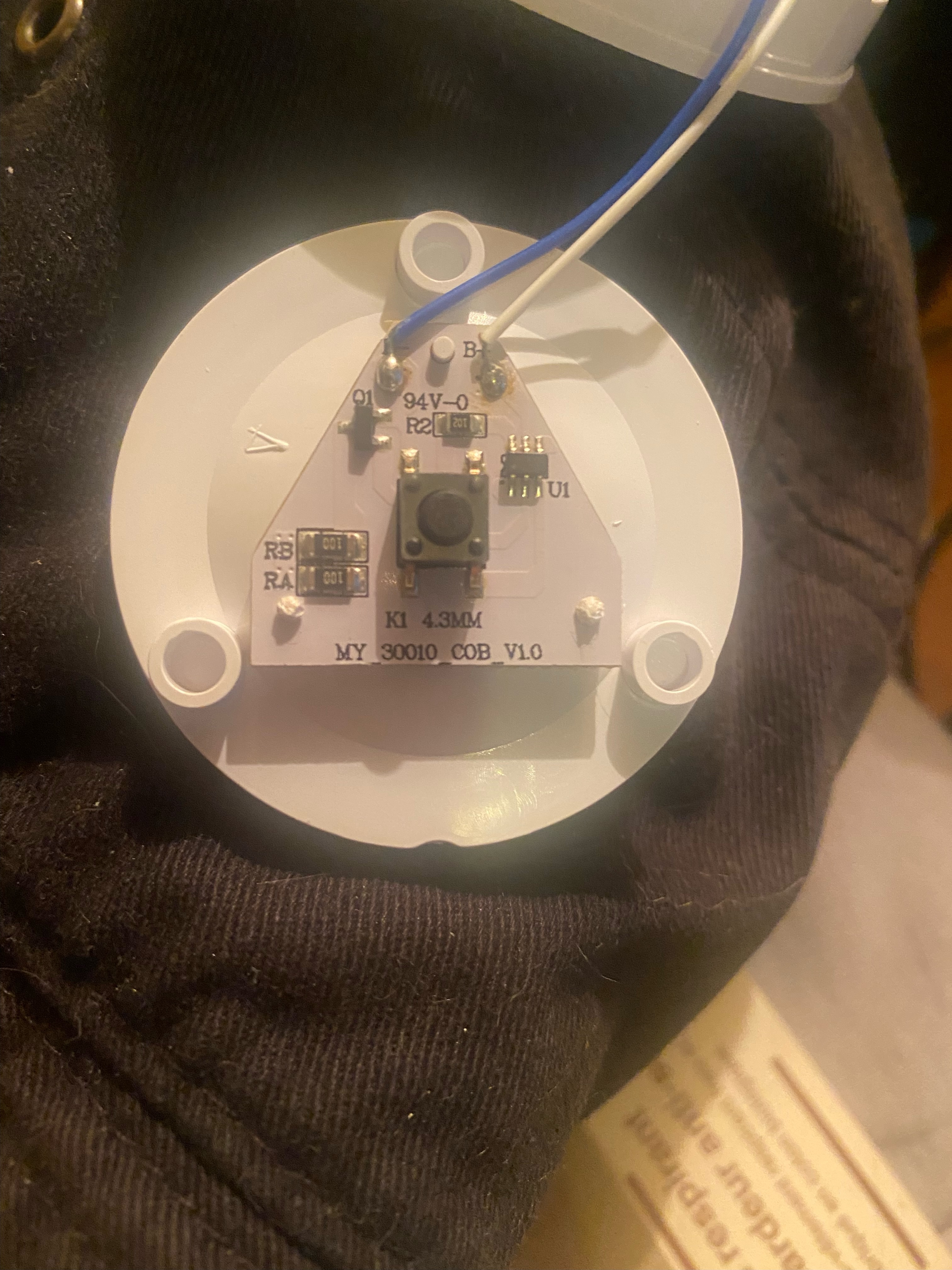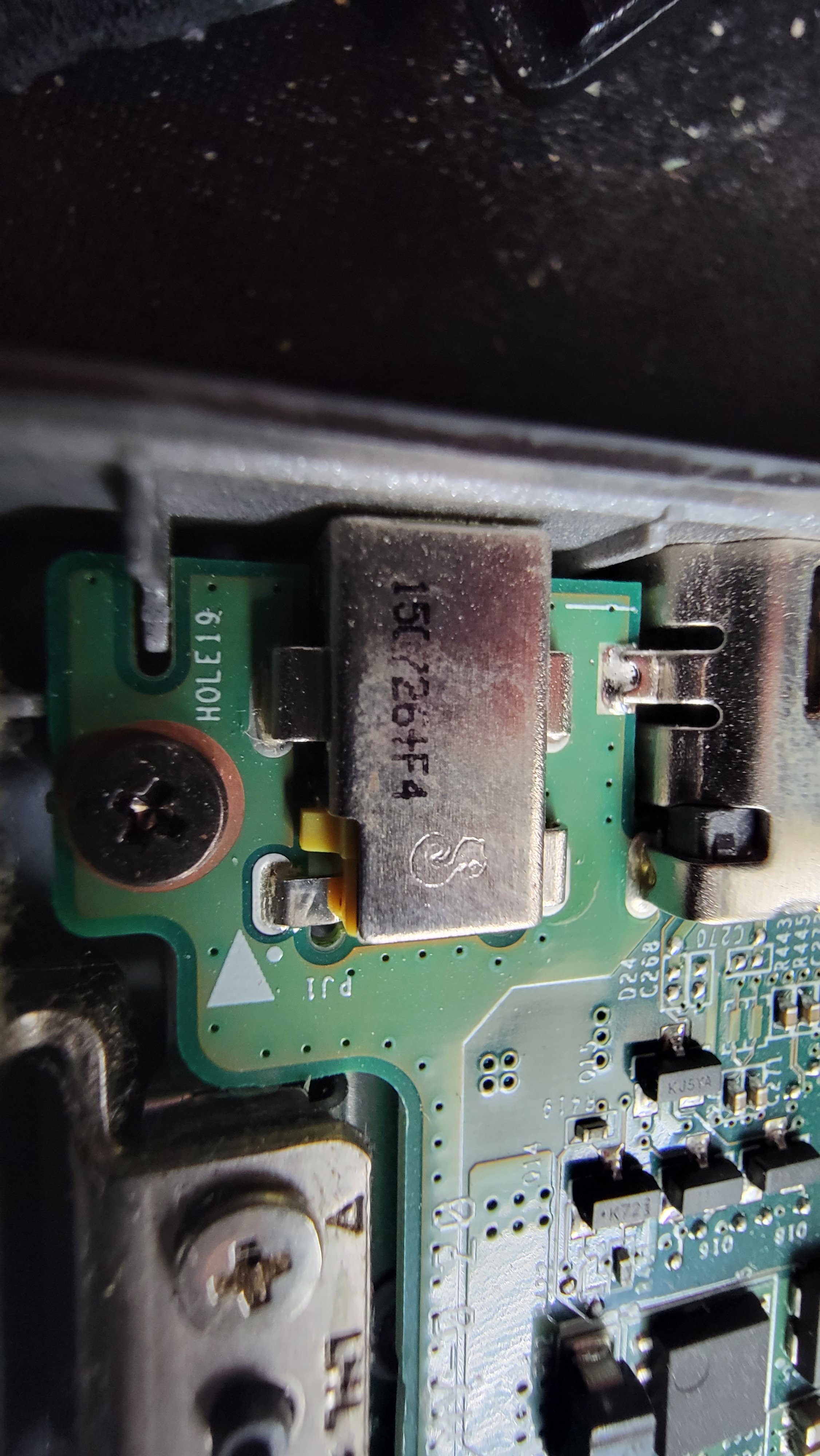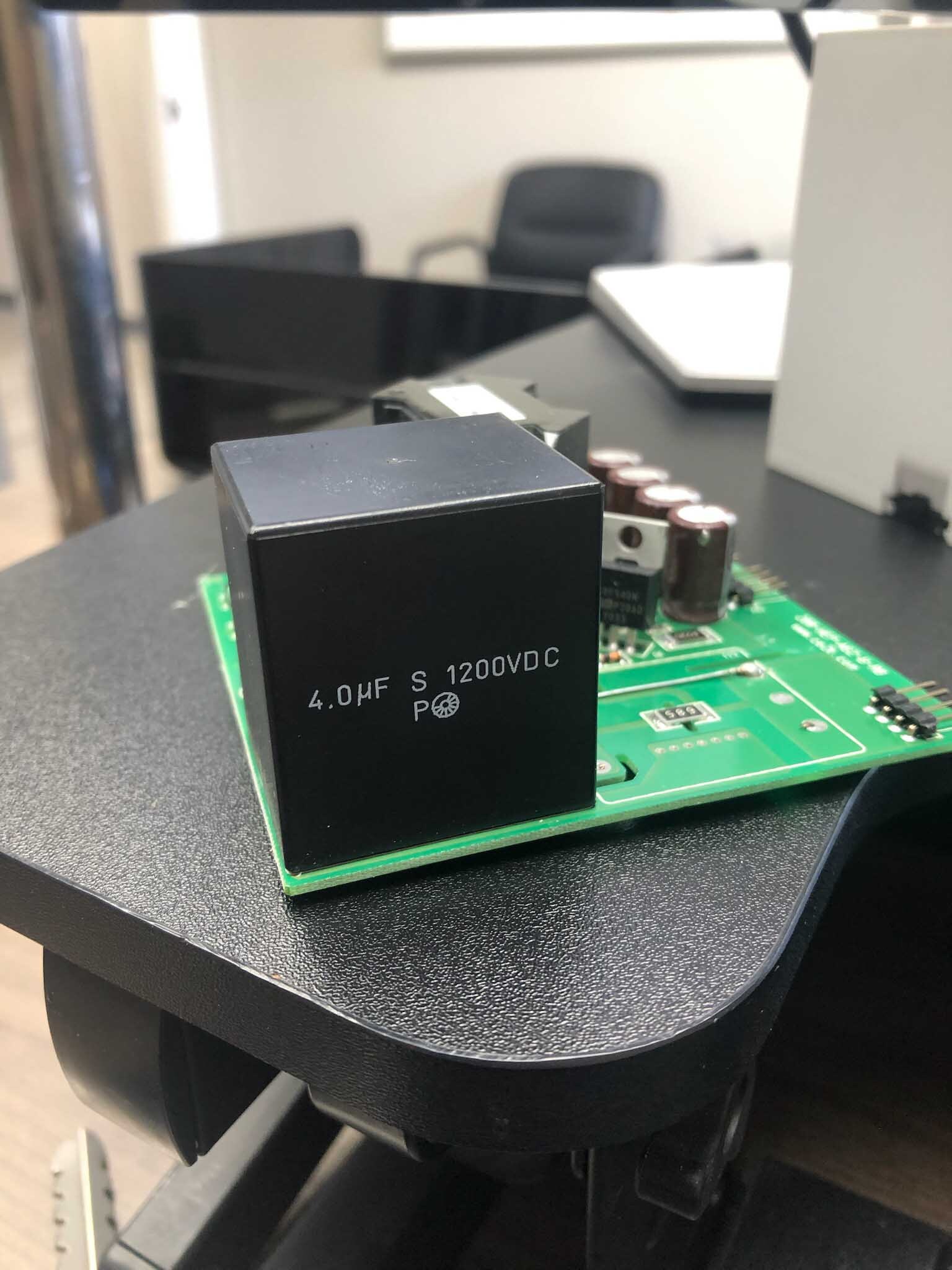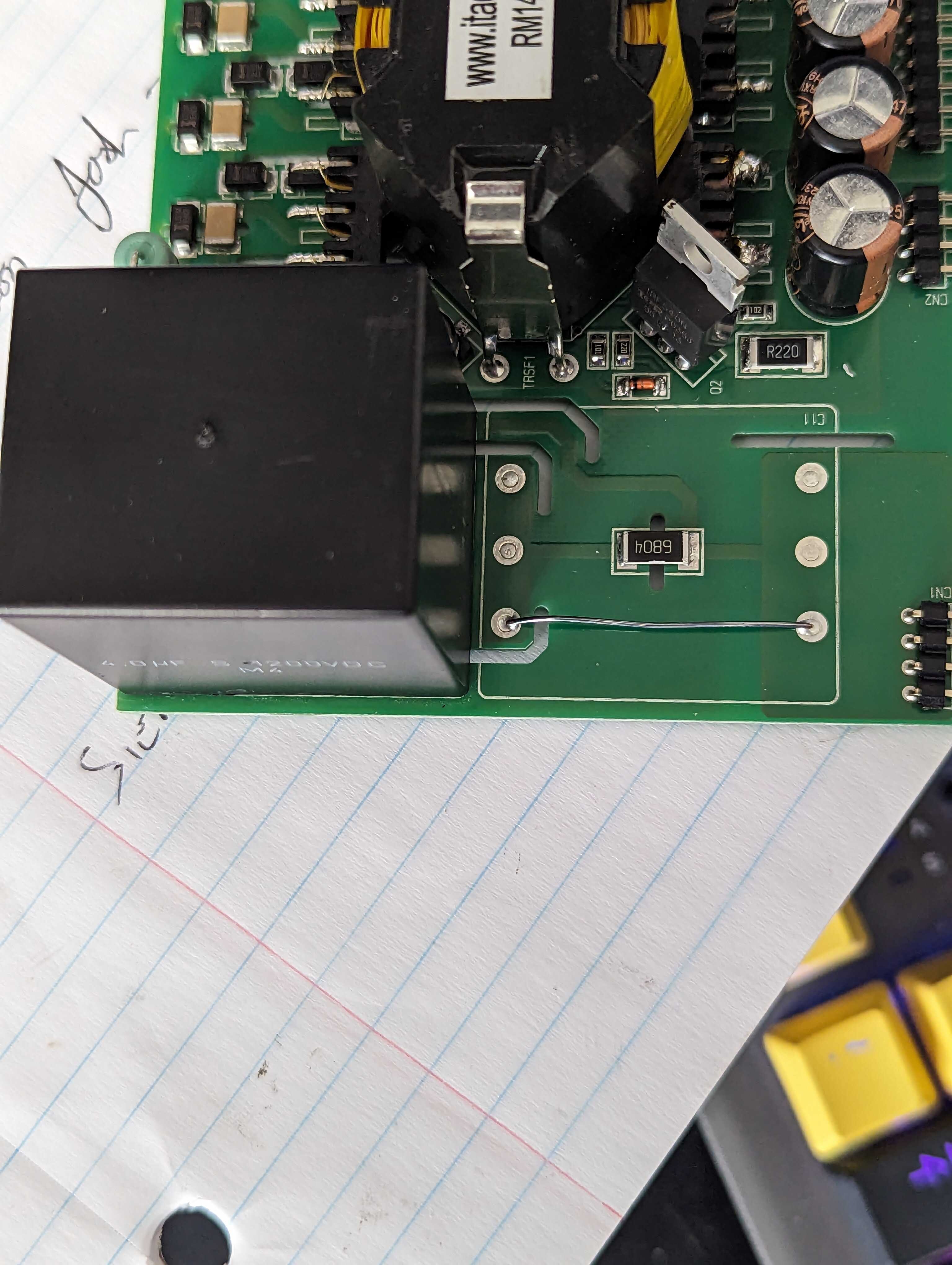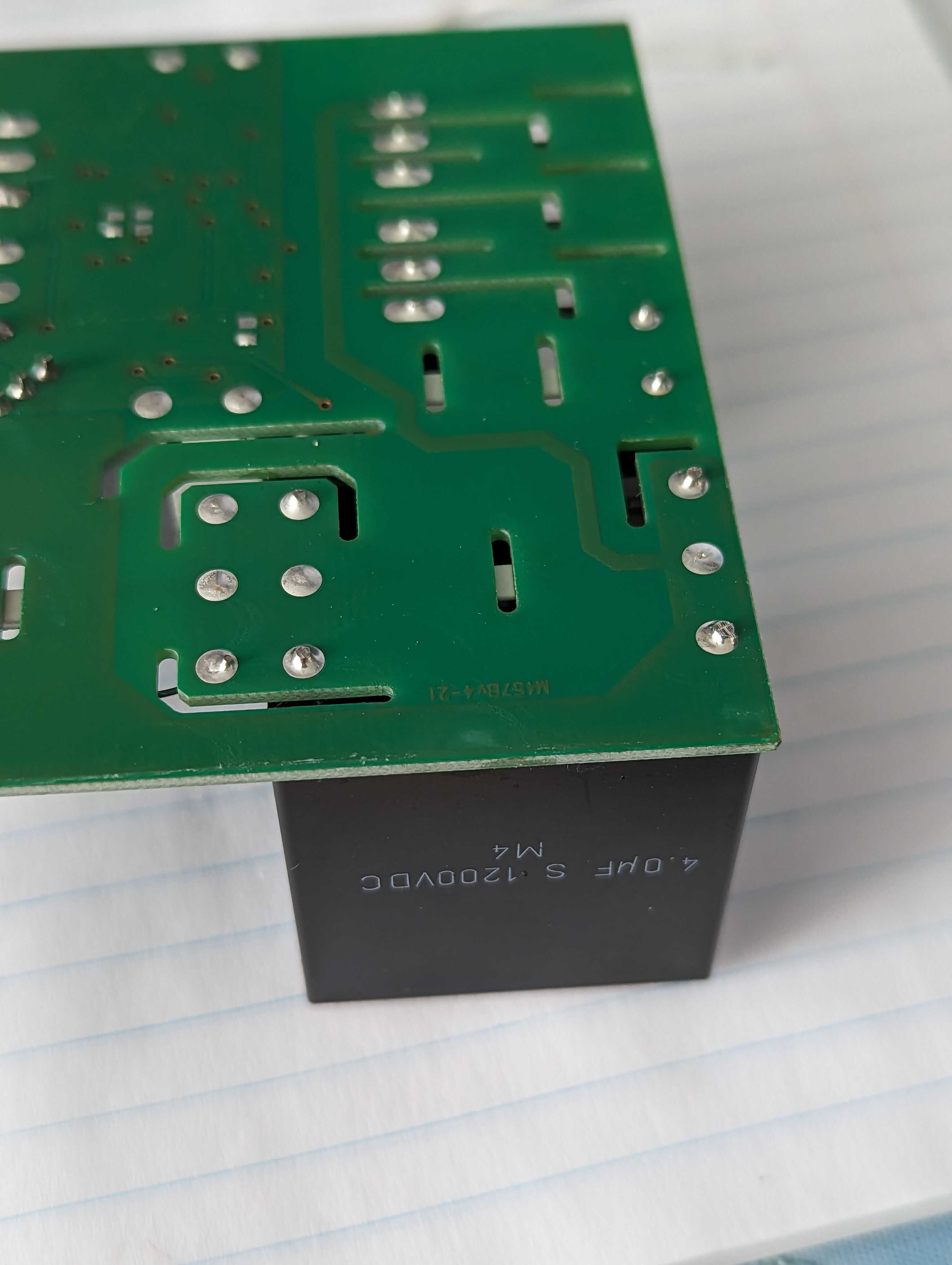Ask Electronics
3772 readers
1 users here now
For questions about component-level electronic circuits, tools and equipment.
Rules
1: Be nice.
2: Be on-topic (eg: Electronic, not electrical).
3: No commercial stuff, buying, selling or valuations.
4: Be safe.
founded 2 years ago
MODERATORS
226
227
228
229
230
231
232
233
234
235
236
237
238
239
240
241
242
243
244
245
246
11
How to properly size a serial bulb for protection when troubleshooting a circuit?
(discuss.tchncs.de)
247
8
[SOLVED] A pull-up resistor increases the low side of a signal, how can I counteract it?
(electronics.stackexchange.com)
248
249
250


